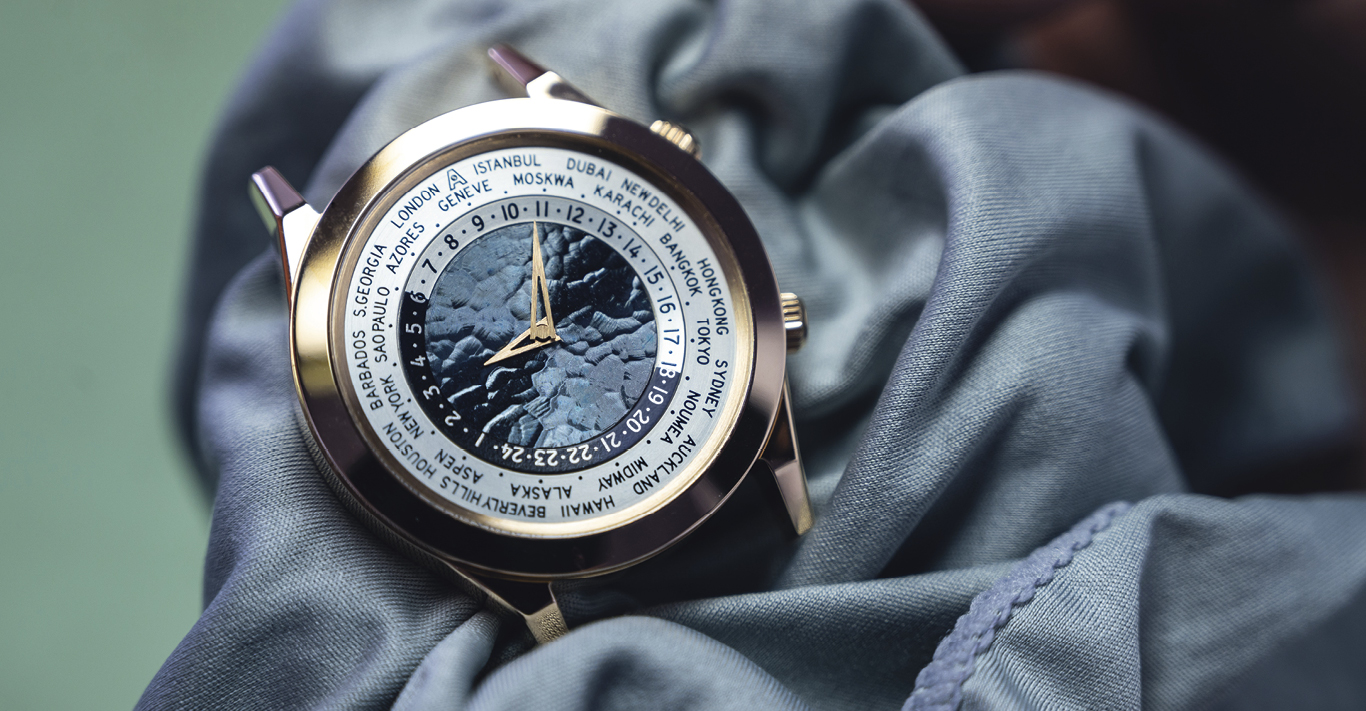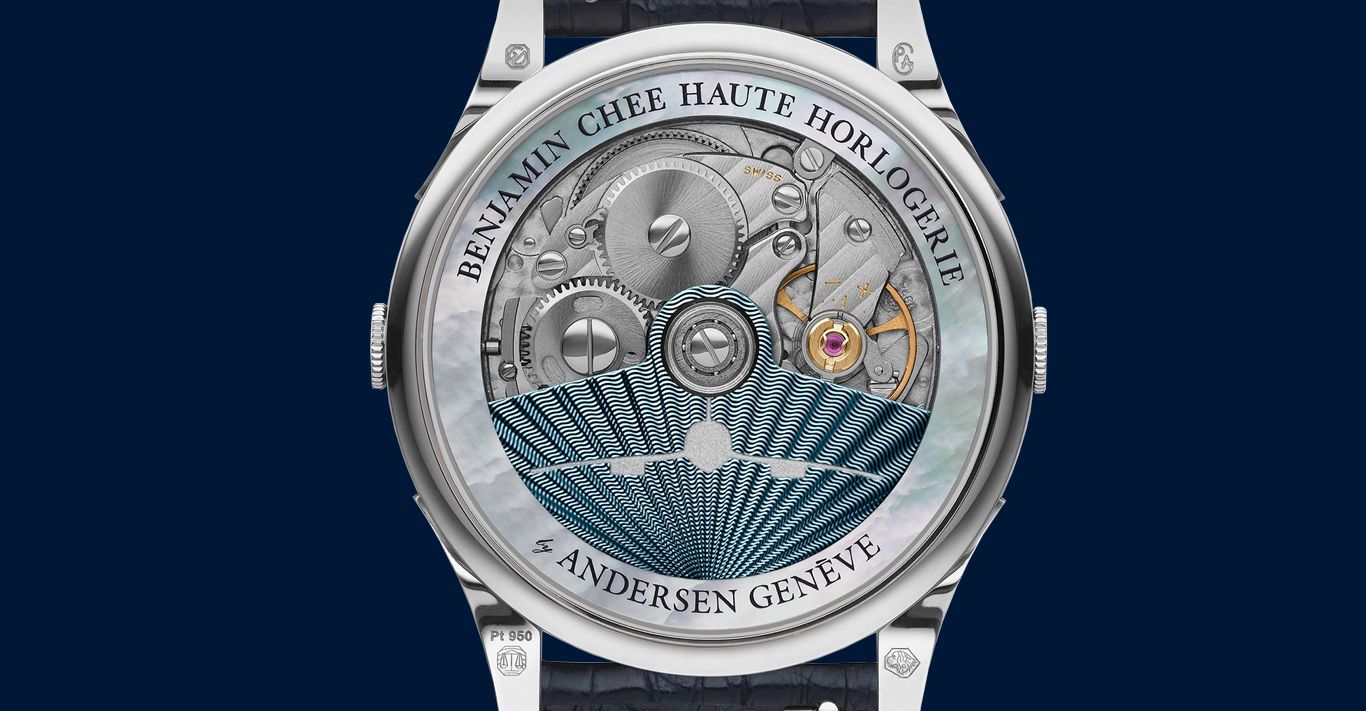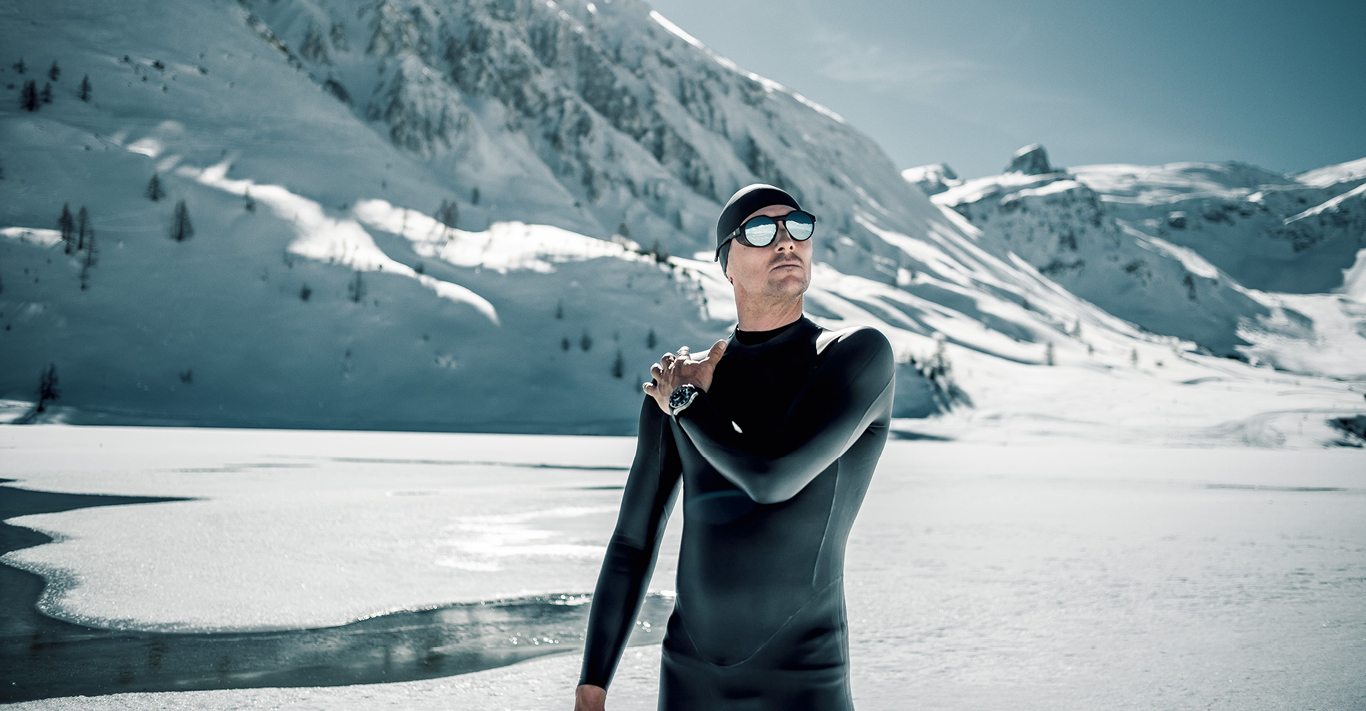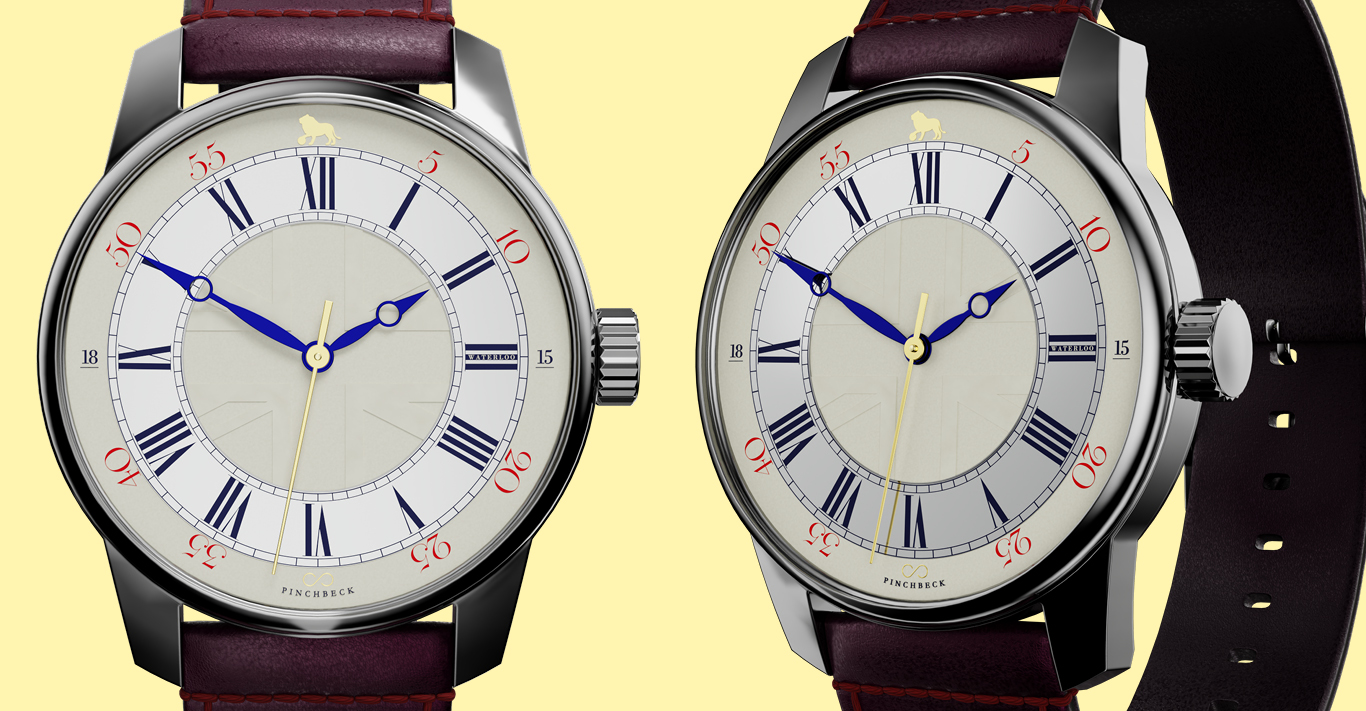WORDS
Simon de Burton
Hapless amateurs who have made the mistake of opening up a watch in the hope of being able to fix it will know that the mere sight of all those screws, wheels, springs and levers is enough to provoke thoughts of ‘How do watchmakers do it?’ Well, imagine taking that pile of minuscule parts and setting out to assemble them into a working watch – inside a bottle.
That’s what the Danish-born Swiss horologist Svend Andersen did back in 1969, an ‘impossible’ achievement that so impressed the bigwigs at Patek Philippe that they immediately offered him a job in their holy-of-holies high complication workshop.
Andersen stayed for almost a decade before taking the plunge and setting up on his own, launching the eponymous dial name that went on to produce some of the most technically adept, most practical and even most ‘entertaining’ watches of the late 20th century.
He was one of the original watchmakers to call themselves independents in a pre-internet era when it was considerably more difficult to gain recognition in the field than it is today.
That need to be discovered led Andersen and fellow watchmaker Vincent Calabrese to get together in order to found the Académie Horlogère des Créateurs Indépendants (AHCI), an organisation dedicated to promoting their work and that of their colleagues. It’s still going strong 36 years later, and now has a membership of 31 makers from Europe and Asia, many of whom have become veritable stars of the modern-day horological firmament.
With the AHCI’s help, Andersen established a particular reputation for the world time complication, a mechanism he became enamoured with while working on Patek’s celebrated Universal Hours wristwatches that used Louis Cottier’s world time system. Developed in the 1930s, it was capable of displaying the correct time in 24 different zones simultaneously – a brilliant achievement that Andersen further developed in 1989 with a model called “Communication” featuring improvements that made using and setting the watch far easier.
In the same year, he also created the world’s smallest ever calendar watch (which was officially recognised by the Guinness Book of World Records) before going on to celebrate the 500th anniversary of Christopher Columbus’s first voyage to the Americas with a Worldtime clock made in an edition of 500.
In 2015, meanwhile, Andersen again showed his admiration for Cottier with a 25th anniversary edition of his world timer called ‘Tempus Terrae’ that was inspired by a 1950s model with two crowns (a Patek Philippe example of which, decorated with an enamel dial of ‘Eurasia’, recently sold at auction for a record $7.8m).
While the brand is renowned for its high complications, particularly for its Worldtime watches, Andersen’s also remembered for the Eros erotic watches he began to make in 1994 – not least because he claimed they were ‘the most extensively animated’ on the market.
In 2015, Andersen – who turns 80 next year – handed over the mantle of the brand that bears his name to current owner Pierre-Alexandre Aeschlimann, although he continues to be involved in the business and still has considerable influence over the watches that are produced. Now called Andersen Genève, its recent stand-out models include a 12-piece series dedicated to oenophiles, each of which features a revolving disc that makes one complete revolution every 365 days – during which a dozen hand-enamelled images depicting the monthly stages of the winemaking process are gradually displayed around the off-centre dial.
For last year’s 40th anniversary of the brand’s founding, meanwhile, three impressive watches were launched, among them the Tempus Terrae Worldtime with a bezel set with baguette diamonds, and a Jumping Hours piece with a textured dial in blue gold that referenced Andersen’s mastery of the complication established by a one-off made for a collector.
It was so impressive that Cartier commissioned a series of jump hour limited editions with Andersen movements, including 125 examples of its Pasha model that are now highly sought-after by collectors. This year, a platinum version of Andersen Genève’s 40th anniversary Jumping Hours is being made available in an edition of 40-plus-one examples costing CHF41,600 (£32,700).
Andersen’s skill as a maker of automaton watches was reflected in the third anniversary piece, a white gold version of a complication designed in 2017 in collaboration with independent Russian maker Konstantin Chaykin.
The fantastical Automaton Joker features a stylised depiction of superhero Batman’s nemesis The Joker on the dial side – with hour and minute indicators in his spinning eyes and a moonphase display in his mouth – while the back depicts an animated image of his shady associates playing poker. The complex automaton mechanism means cards are dealt, hands move and eyes roll as the game takes place.
It’s not cheap at CHF88,000 (£69,135) but with Andersen’s status as one of the original and best of the modern-day independents now being increasingly appreciated, we’d bet it’s worth a gamble.




